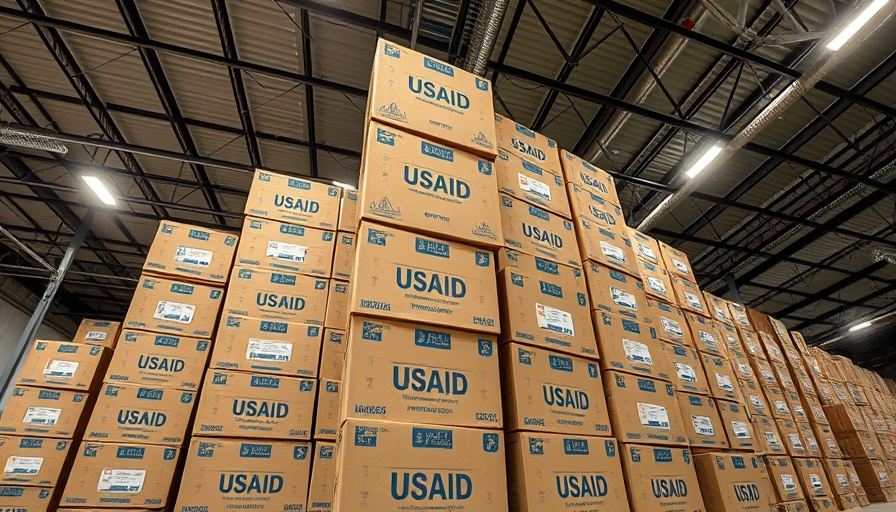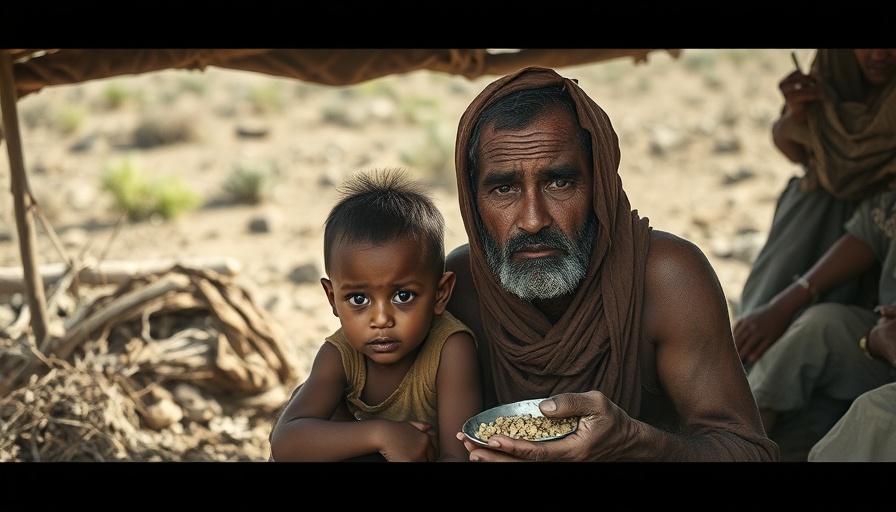
Funding Cuts: A Major Setback in the Fight Against NTDs
The recent cuts in United States foreign aid have halted critical treatment programs for neglected tropical diseases (NTDs), putting millions of lives at risk and jeopardizing decades of advancements in global health. Over the years, the U.S. has significantly contributed to the battle against these devastating diseases through financial support, totaling more than $1.4 billion since 2006. However, this funding has now been slashed, leading to the expiration of millions of donated medicines in warehouses across Africa.
As health officials sound the alarm, experts like Albis Gabrielli from the World Health Organization warn that such cuts could reverse progress and lead to a resurgence of diseases that threaten the most vulnerable populations. Diseases like river blindness and elephantiasis, which blight the lives of nearly a billion people, could re-emerge as health campaigns are suspended.
The Economic Impact of NTDs
Neglected tropical diseases have dire consequences not only for individual health but also for economies. The sickness and disabilities caused by NTDs keep people out of work, compounding poverty in the communities they most affect. According to estimates, the economic toll from lost wages and increased health expenses related to NTDs can amount to at least $33 billion each year. By investing in health campaigns targeting these diseases, the U.S. was making strides toward not only saving lives but also lifting communities out of poverty.
Importance of Sustainable Investment in Global Health
Ending aid does not just affect the direct treatment of NTDs; it undermines future possibilities for sustainable solutions in global health. Investing in health initiatives has historically yielded significant returns. For every dollar spent, reports suggest that $26 in donated medicines were leveraged, demonstrating the powerful impact of strategic funding.
Health campaigns using mass drug administration approaches are crucial in managing these diseases across various regions. The involvement of major pharmaceutical companies in donating medications has made it possible for communities to receive necessary treatments at no cost, enabling long-lasting health improvements.
Community Responses and Innovations
The WHO and health advocates are now looking towards innovative solutions to mitigate the damage caused by funding cuts. Community health initiatives, such as piggybacking drug distributions with vaccination drives, may help extend the life of approaching expirations. Engaging communities in awareness campaigns can promote understanding and the importance of treatment, especially in regions where these diseases are prevalent.
Looking Forward: The Global Health Debate
The cuts to U.S. foreign aid have reignited discussions about how nations prioritize global health initiatives. As the world faces many pressing challenges, including climate change and health crises, balancing national interests with humanitarian responsibilities will require dialogue and action. There is a need for a renewed commitment to sustainable practices in health diplomacy that acknowledges the interconnectedness of health, economy, and ethical investment in global health.
The fight against NTDs is emblematic of larger sustainability goals; ensuring resources are not wasted can help communities build resilience. As experts advocate for strategic recovery plans, integrating sustainability into health funding can support long-term solutions for both health and environment.
Call to Action: Advocate for Global Health
As discussions evolve about health investments, consider advocating for a more substantial commitment to global health initiatives. Engaging with local and international organizations working on NTDs can create awareness about the importance of sustainable practices in health. Every voice matters in pushing for policies that support those in need and contribute to a healthier, equitable future.
 Add Row
Add Row  Add
Add 



Write A Comment